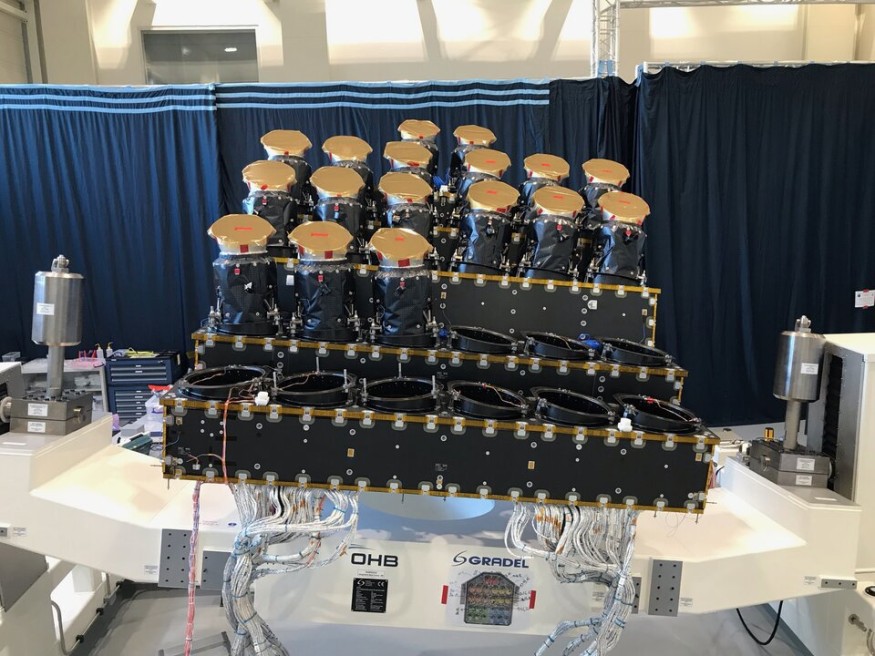The European Space Agency's (ESA) next-generation planet-hunting mission, Plato, will launch in 2026. The mission's future development has recently been given the green light.
According to ESA, the spacecraft critical design review, which will check the precise design of the whole spacecraft before its construction in 2023, is the next important milestone for this exoplanet mission.
Our future exoplanet-hunter #Plato gets green light for its further development! ✅
— ESA Science (@esascience) January 14, 2022
Plato will use 26 cameras to study more than 200,000 stars similar to our Sun and discover and characterise exoplanets that orbit them ⭐️
Launch planned for end 2026 👉https://t.co/Xzsz6BVc1Z pic.twitter.com/MPeXU44QJZ
PLAnetary Transits and Oscillations of Stars (Plato) is a mission that will search for and characterize exoplanets circling stars comparable to the Sun in our solar system. It will launch at the end of 2026. ESA said Plato will be positioned in the second Lagrange point (L2), almost 1.5 kilometers from Earth and will observe around 2,00,000 stars throughout its four-year mission.
How ESA Plato Works
Exoplanets are planets discovered outside our Solar System that are Earth-like in size and distance from a Sun similar to our own. Astronomers have discovered over 3,000 exoplanets so far. Still, The Herald Scotland said none have been proven to be Earth-like in size and distance from a Sun comparable to our own. PLATO's unique design, on the other hand, is likely to revolutionize all of that.
Its 26 miniature telescopes and cameras, which resemble an insect's compound eye, will allow it to look at a huge number of the closest and brightest stars in the hopes of finding Earth-sized planets around Sun-like stars.

Plato payload module under integration in the cleanroom of OHB System AG
Devdiscourse said Plato's goal is to find exoplanets in the habitable zone of solar-type stars and characterize their bulk characteristics to determine their habitability. The mission will transform the scientific community's knowledge of planet formation and planetary development.
Plato Spacecraft Development Moves To Second Stage
Experts evaluated the spacecraft cameras and the overall technologies used in its creation during the review conference, which took place between July and December 2021, according to ESA (via Republic World).
The progress of the Plato Telescope was examined by more than 100 ESA specialists divided into two groups, ScreenRant said. One is for spacecraft and the other for payload. They concluded that the spacecraft's interface is sound and on track. The review team thoroughly examined camera manufacture, assembly, structural testing, and camera unit certification.
Components of the spacecraft were also subjected to TEDs (thermos-elastic deformation tests). Due to vacuum, temperature, and other reasons. As a result, spacecraft pass through simulated space environment chambers before launch.
Plato now moves to stage two, which concludes with a critical examination of the spacecraft's design and assembly. If all goes according to plan, Plato will be subjected to another critical design assessment in 2023. Plato, like Webb, will work from afar, 1.5 million kilometers from Earth to be accurate.
RELATED ARTICLE : What's Next After NASA James Webb Telescope Launch? 5 Exciting Space Missions Unveiled
Check out more news and information on Space in Science Times.












